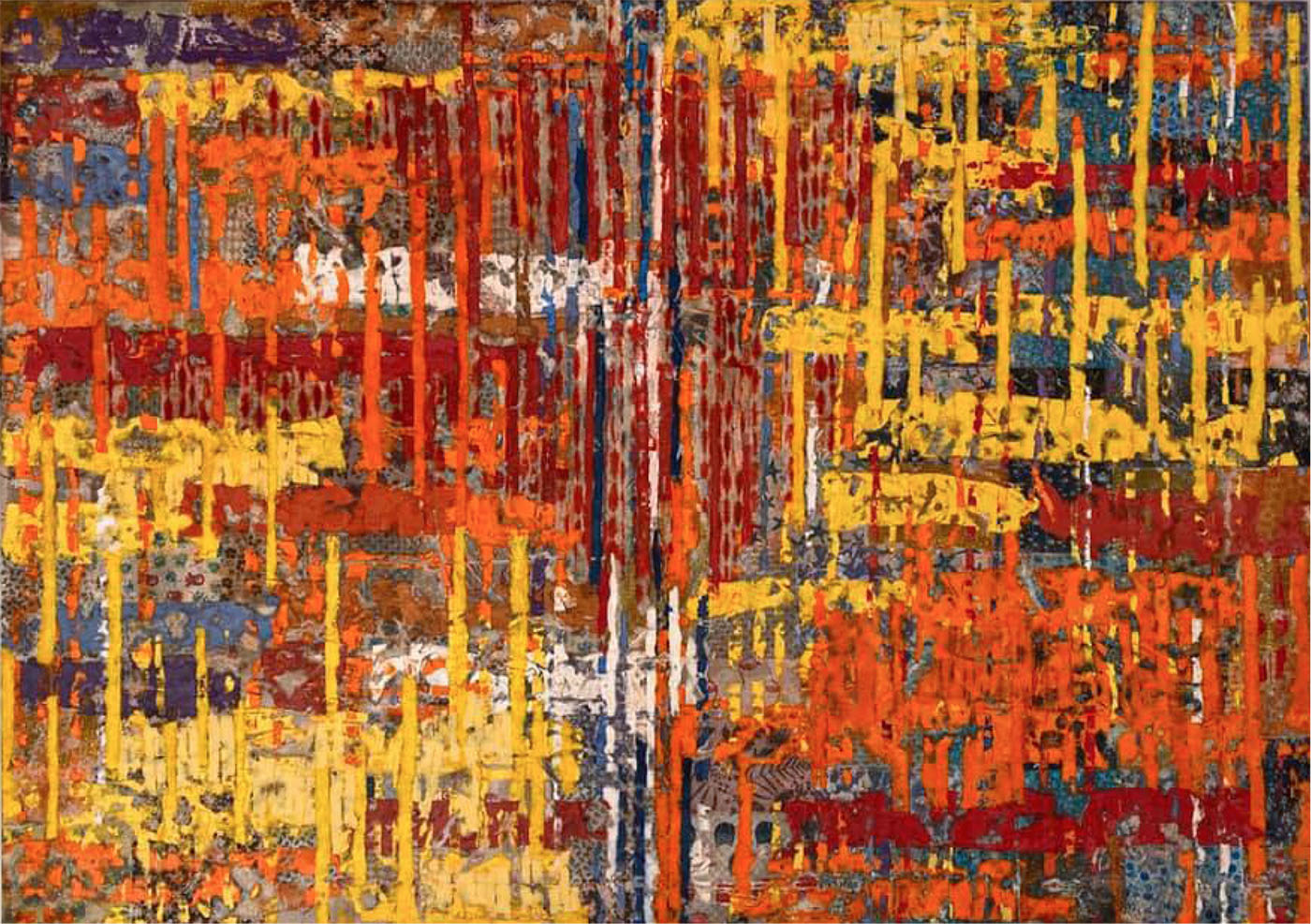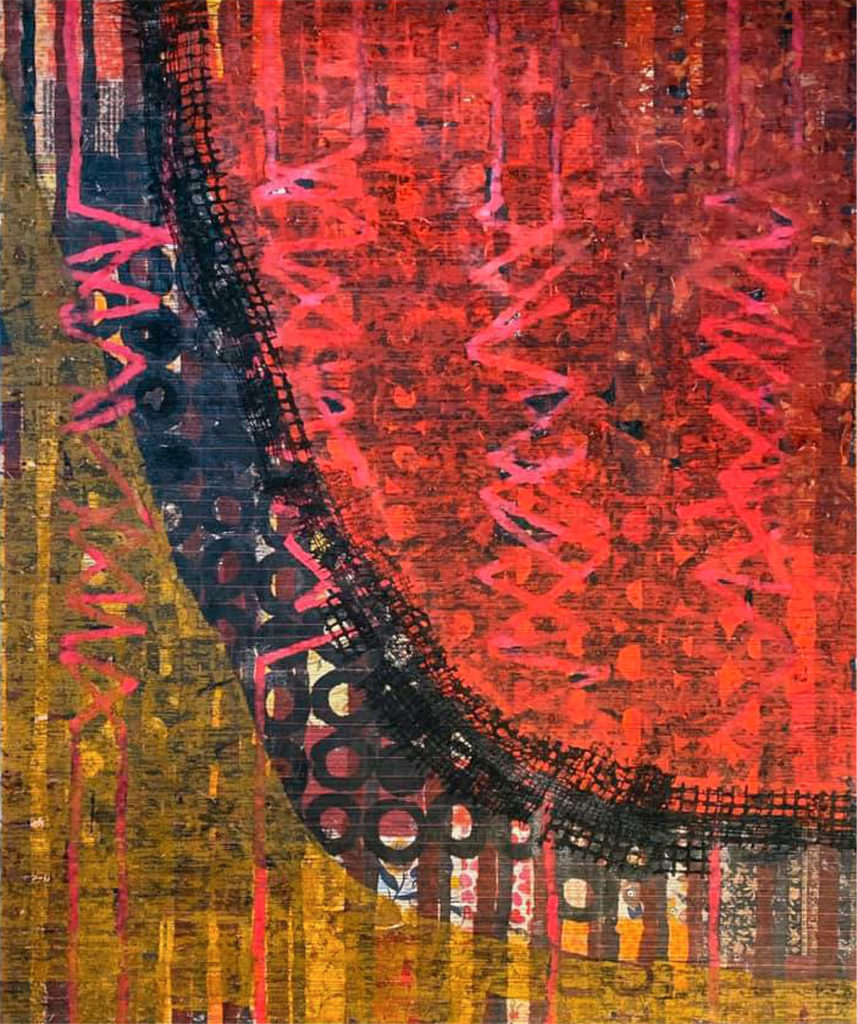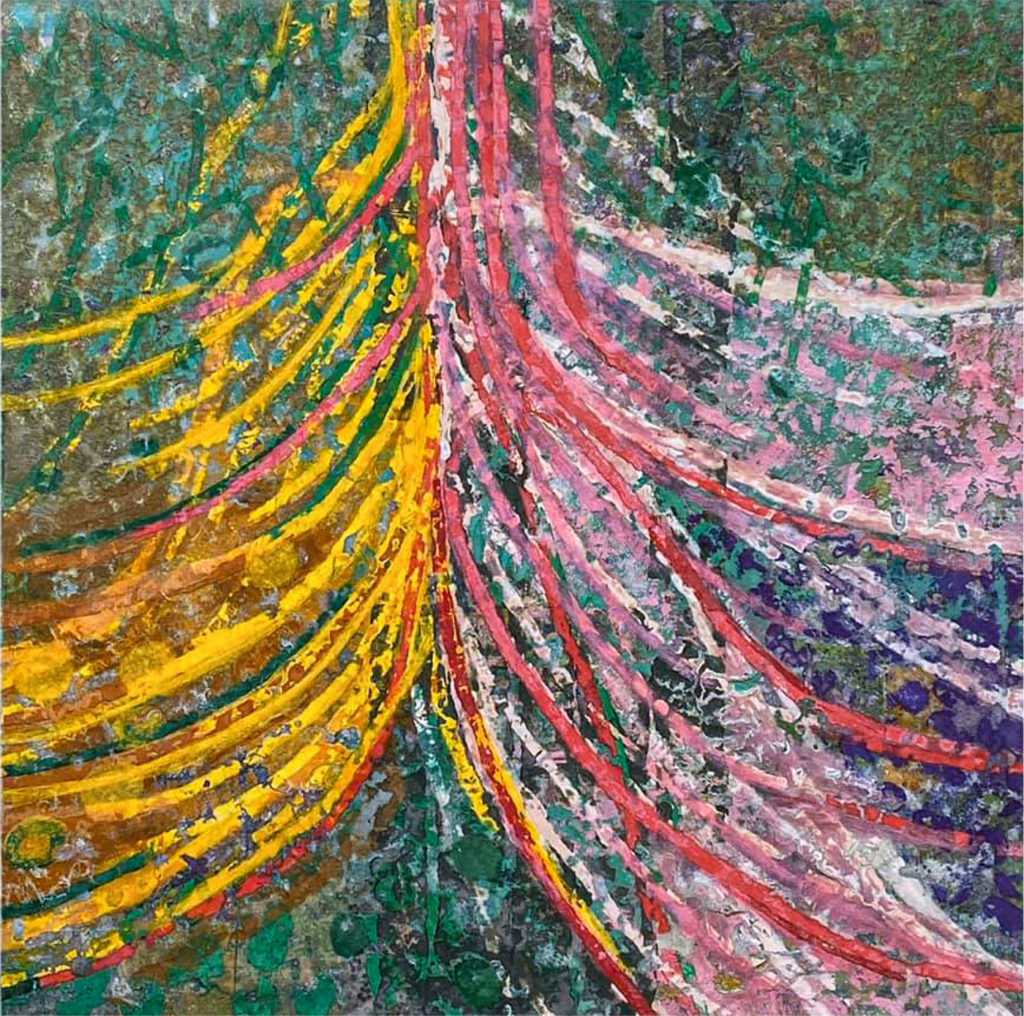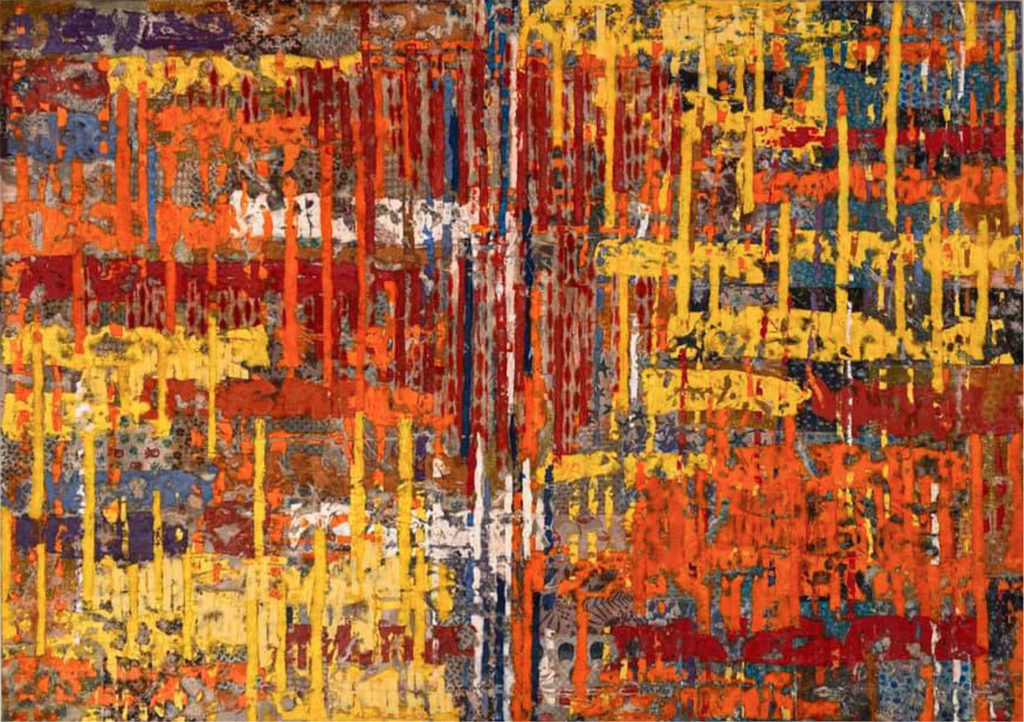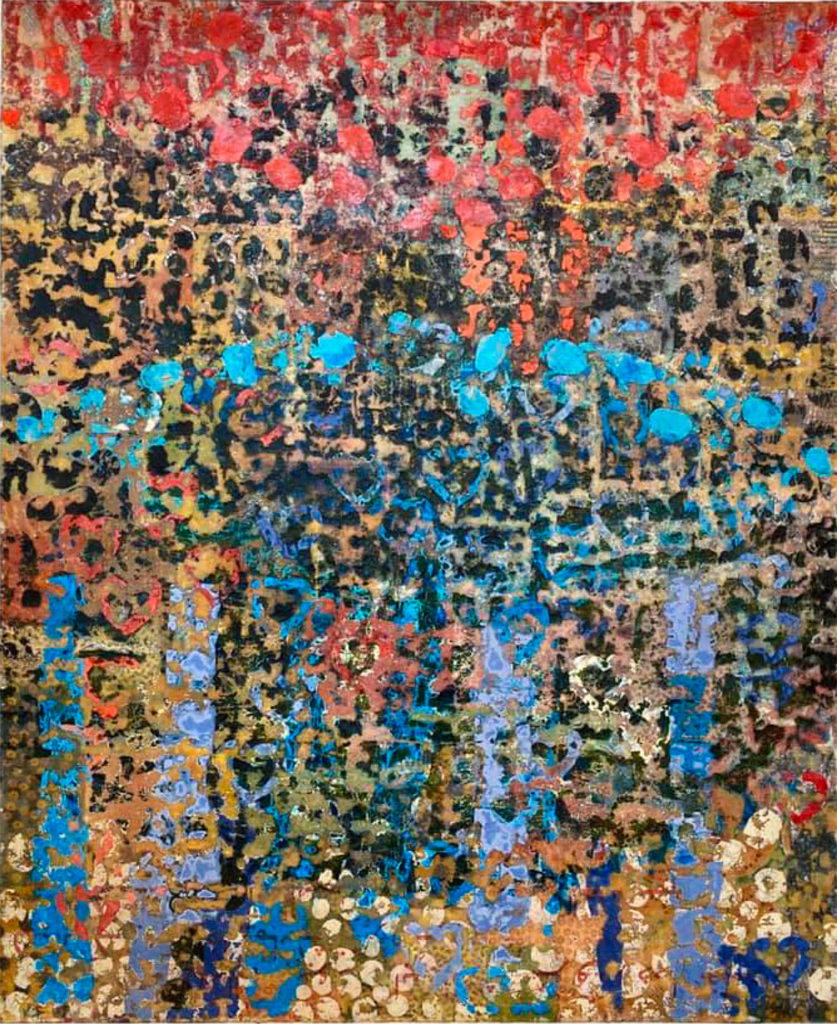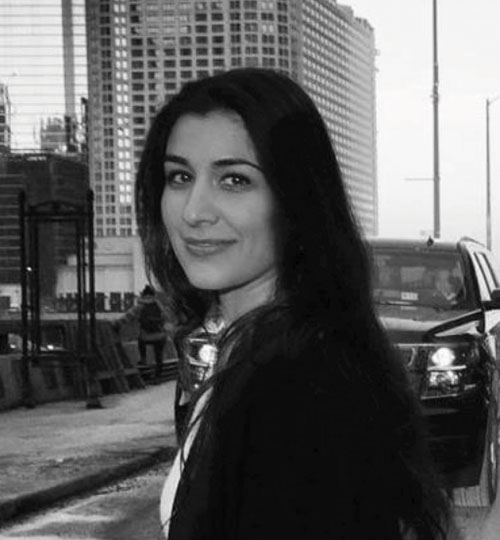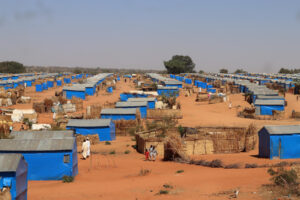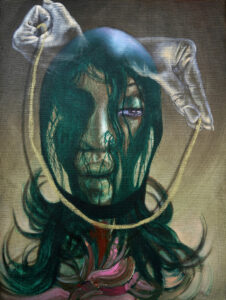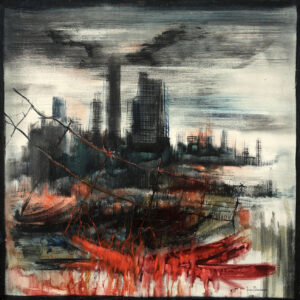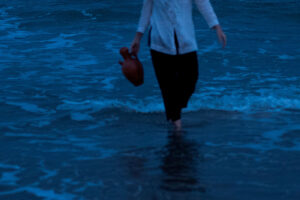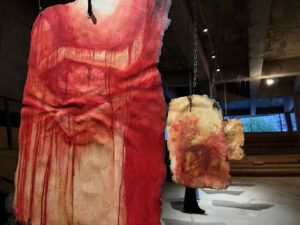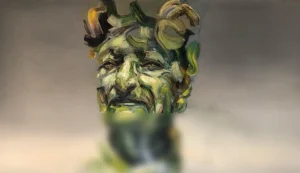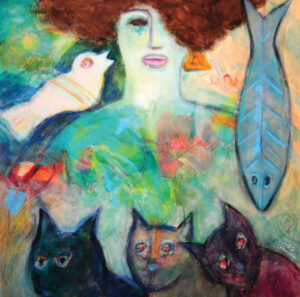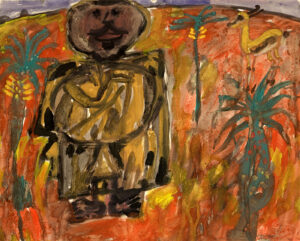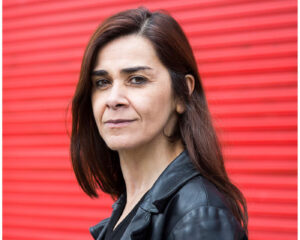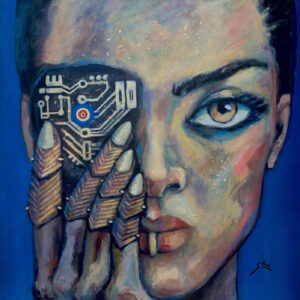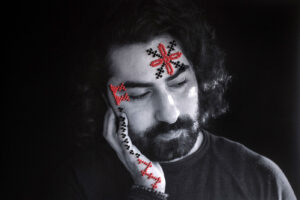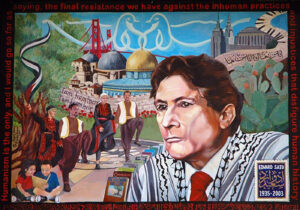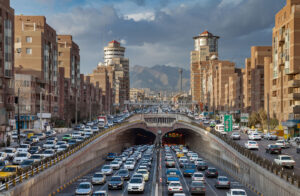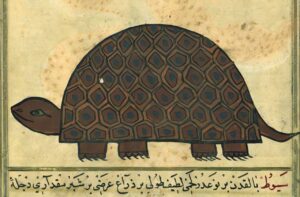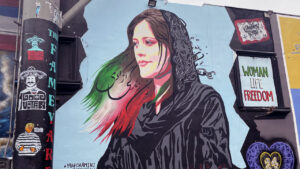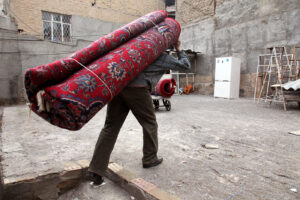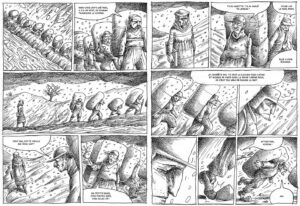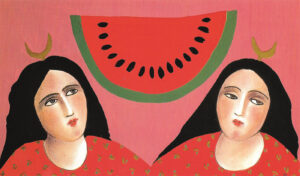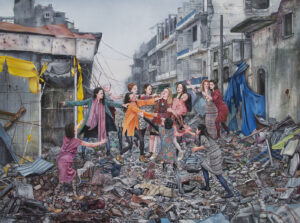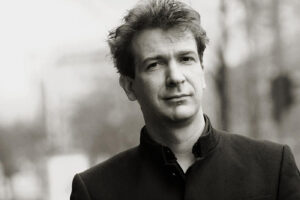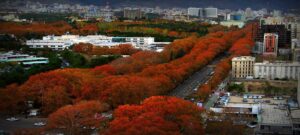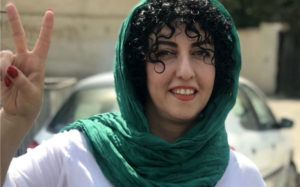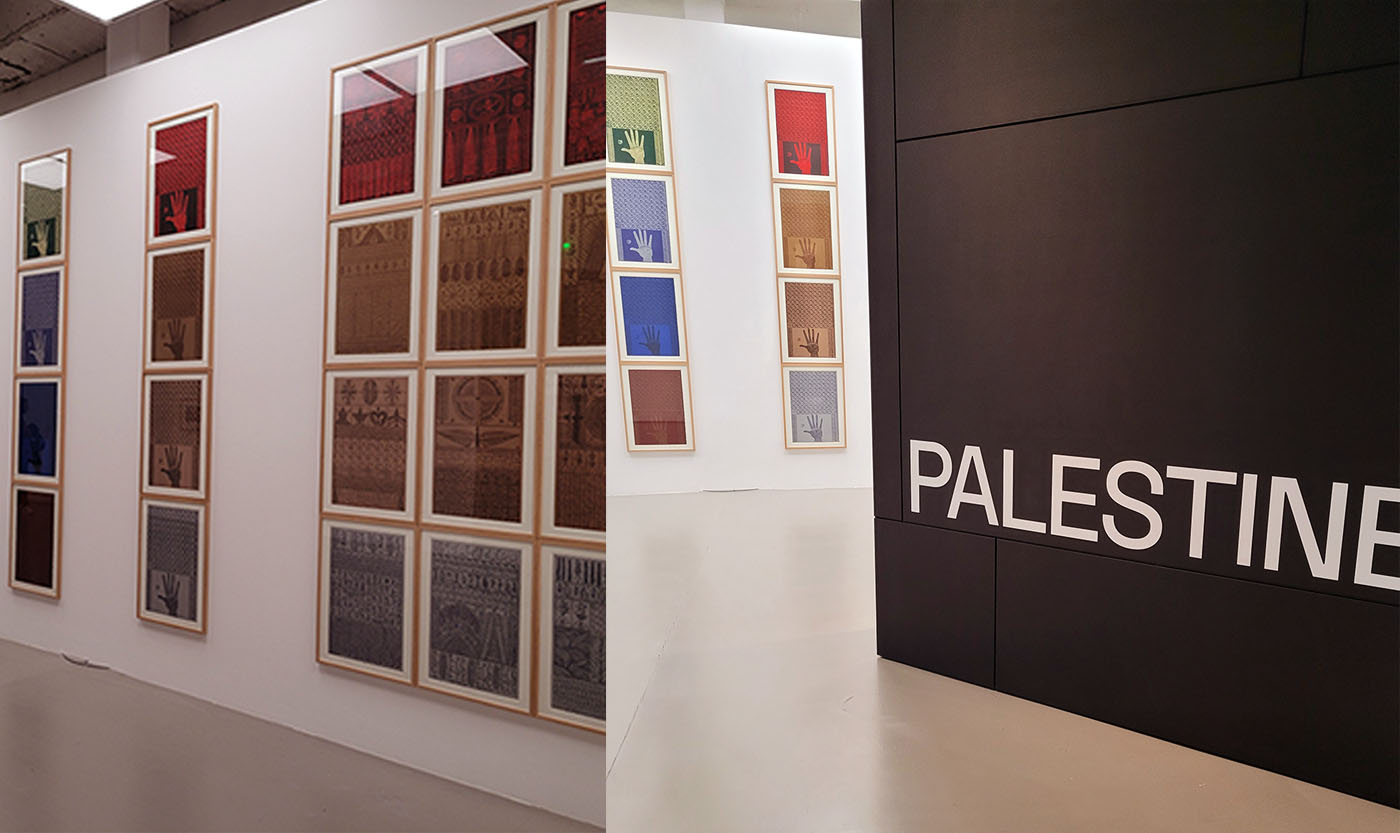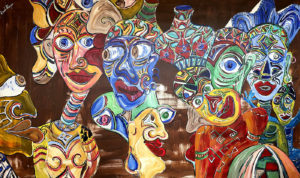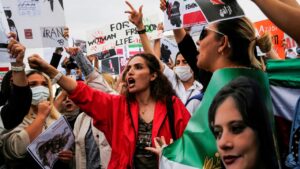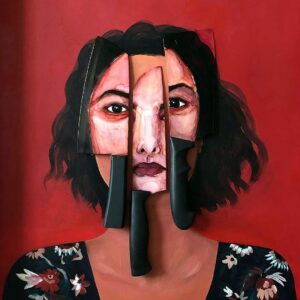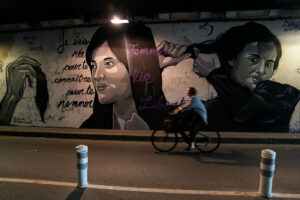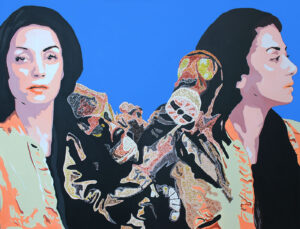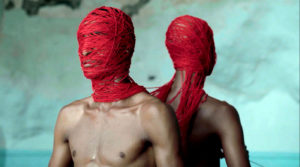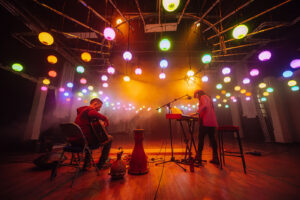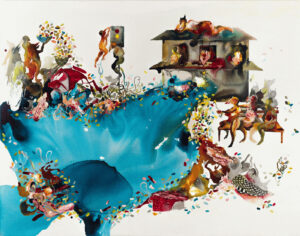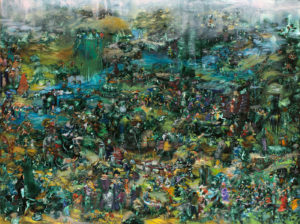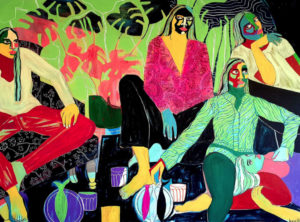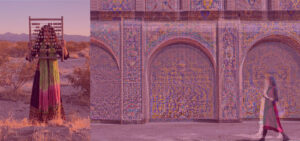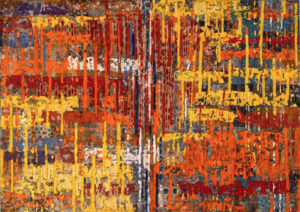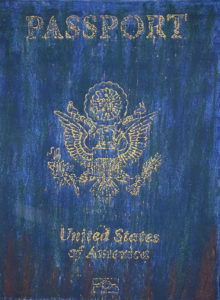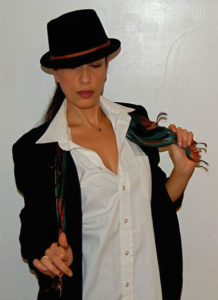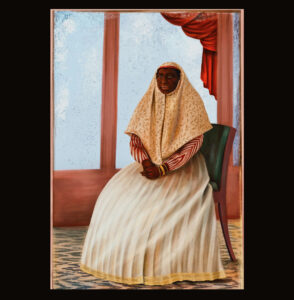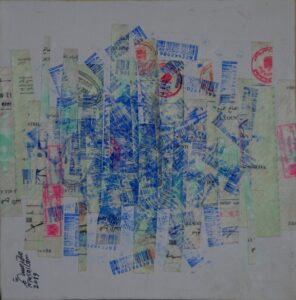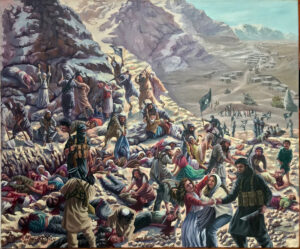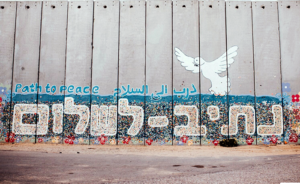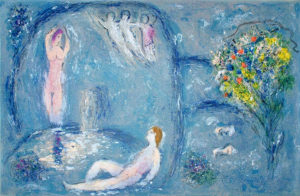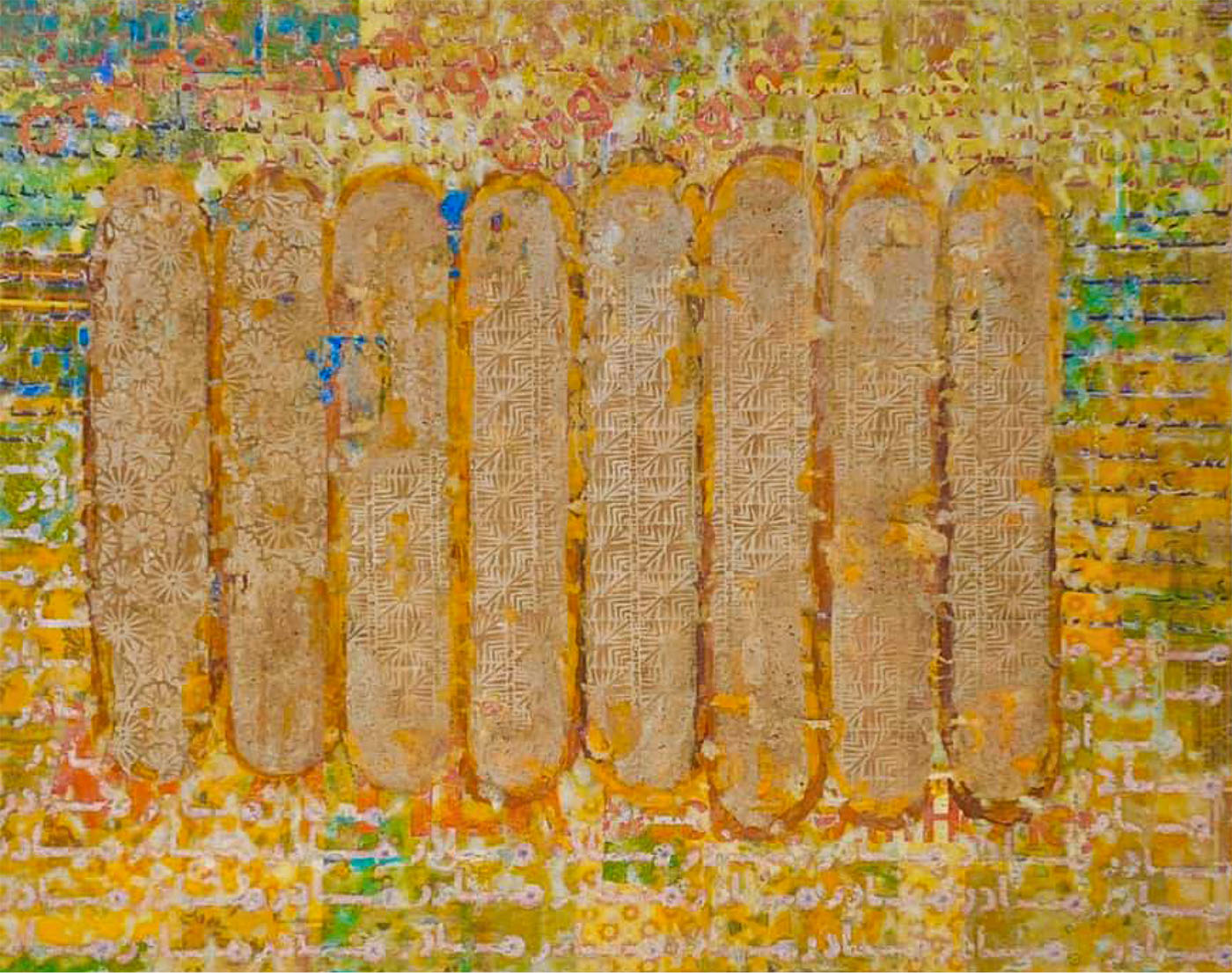
Atia Shafee
Born and raised in the Deep South of the US, I was ten when my family returned to Tehran, Iran, where I lived through my teen years. At that young age, the transition to a radically different culture was a shock which rocked me to the core of my identity. Since returning to the US at the age of 19, my time has been divided between the two countries, constantly bridging the two cultures, two languages, two identities. My work, therefore, explores themes of dual culture, childhood trauma and sexual abuse with its emotional scarring, springing directly from personal experience. Though encompassing the large conflicts of societies, the work I create is deeply intimate, committed to the preservation and expression of childhood innocence, buried and obscured by intense life experiences. Cultural clash, split personality, emotional reactions and childhood memories are the soul of the pieces, which as in archeology, are discovered through the exploration of layers built over time.
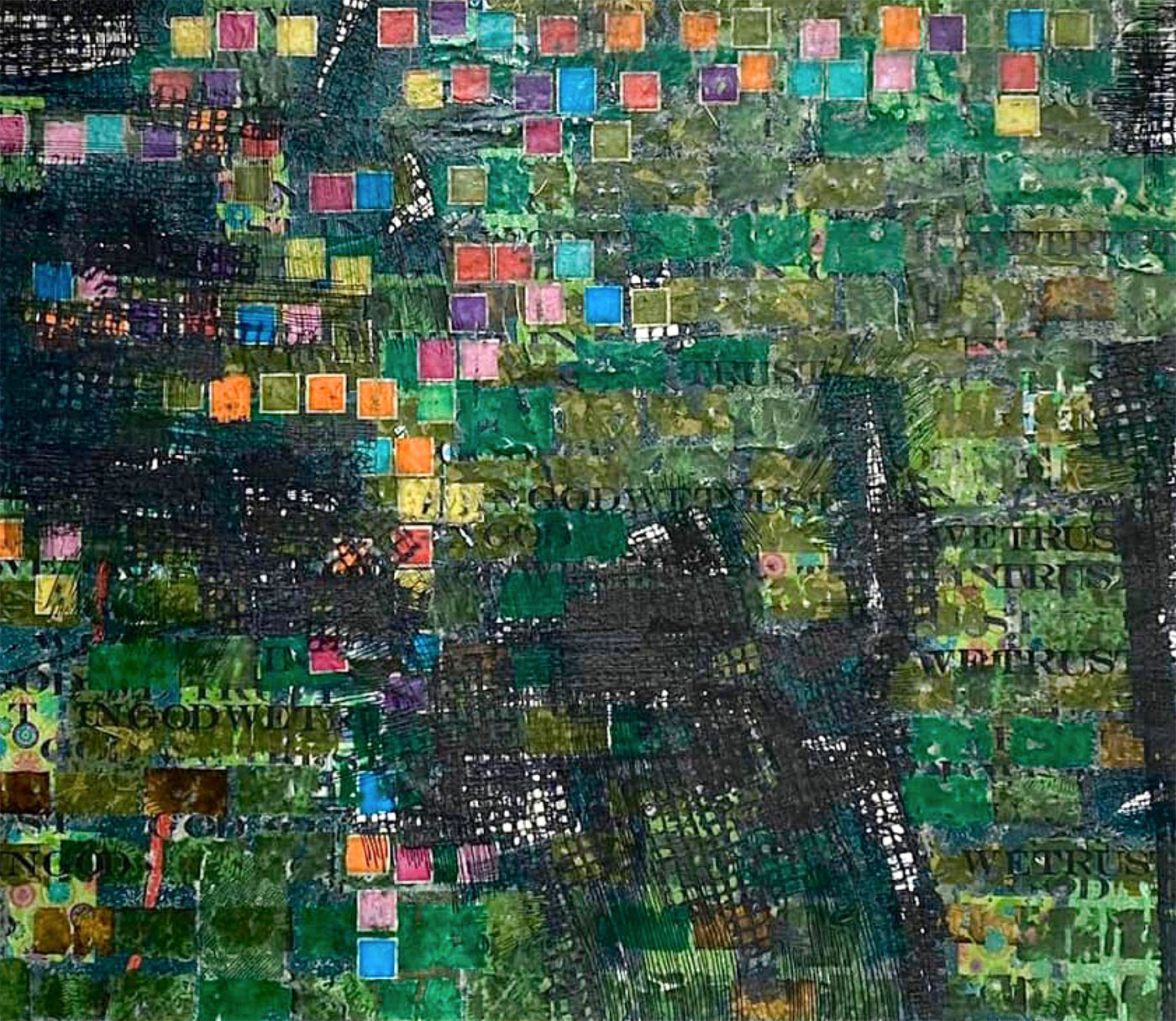
The recent, ongoing series (2019-2020), explores the interplay of textures — paper, fabric, fiberglass — with symbols and words in Farsi, English, and recognizable elements from Persian and American culture, all layered to tell stories. Ideas and symbols merge with pure feeling, which together intend to resonate, trigger, and challenge, drawing the observer into the experience. Through the manipulation of layers covering and merging together, the pieces elevate personal cultural identity experiences, universalizing them, amplifying the layers of psychological challenges and changes we all experience. The pieces are like distant memories that remain raw and present to the immediate moment — unable to fade, as they reflect the present-day realities of immigrants everywhere, in their challenging and hostile new environments.
Fragments of memories of a child within a transplanted Persian culture, the prodigal return to the motherland, and the struggle for identity, encompass meaning, which becomes richer as these various elements accumulate, merge, build and blend. Beyond the social and psychological notions of childhood, the works demand acknowledgment of art as activism, its ability to engage with civic life, to take political action, through social criticism.
Experiences of immigration, culture clash, racial and social discrimination are the drive, the energy behind the pieces. Layers develop from, and build on childhood innocence, then each piece diverges into a unique impression of trauma, sensuality, and the sometime violent dissolution of innocence. Each emotional portrait starts with a foundation layer of color remnants, our childhood safety blanket or quilt. The layers on top deconstruct the illusory feelings of safety, security, and happiness, the universally imagined ideal childhood, and grow layer by layer into an aspect of the artist, a part of her being now, in the moment of capture. The forms are adorned with fabrics, paper, and fiberglass — both hidden and exposed through the layering of material, then precision aging of layers, showing their opaqueness and illusory nature, all juxtaposed with potent emblems of the US and Iran, the framework of cultural and political tensions.



